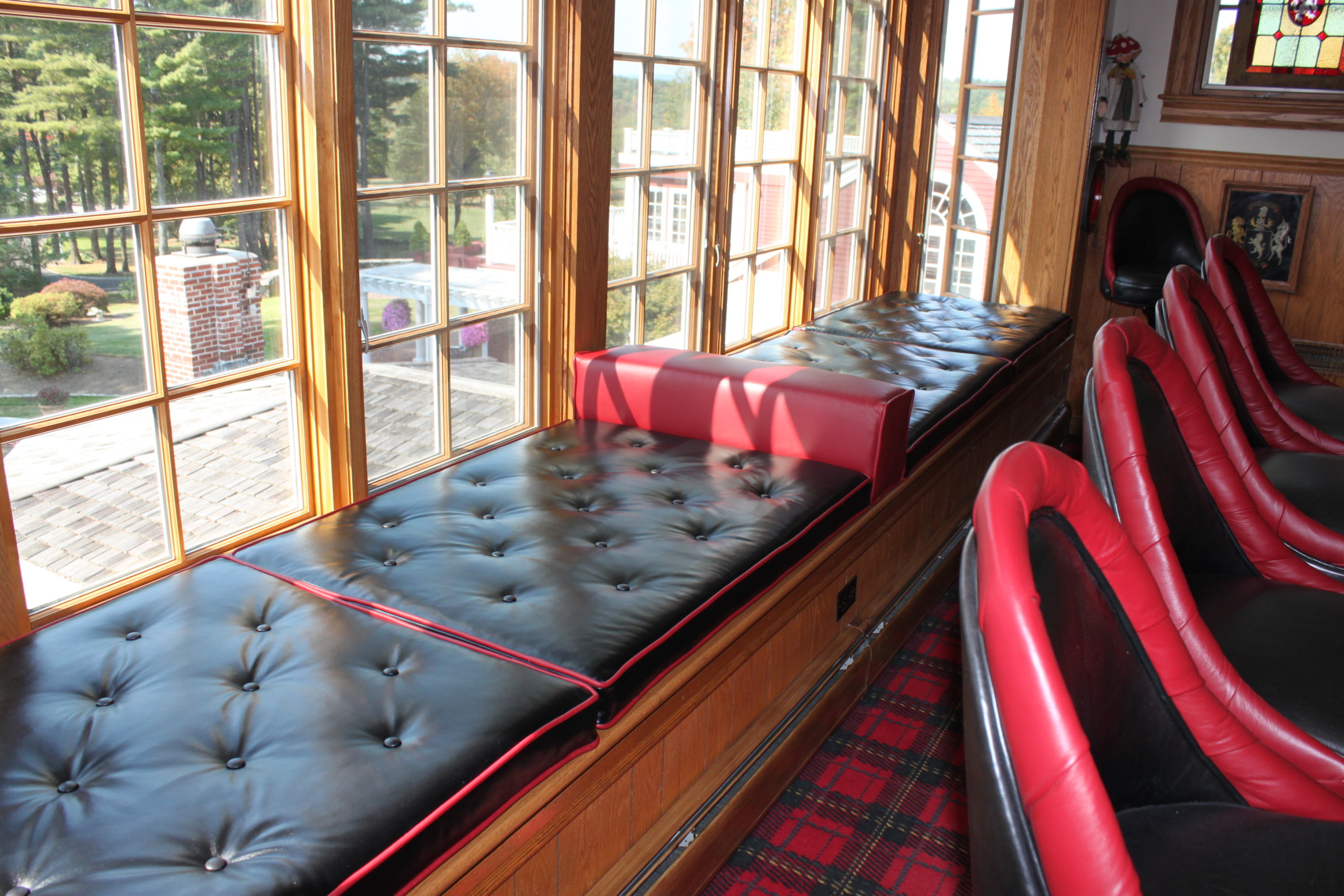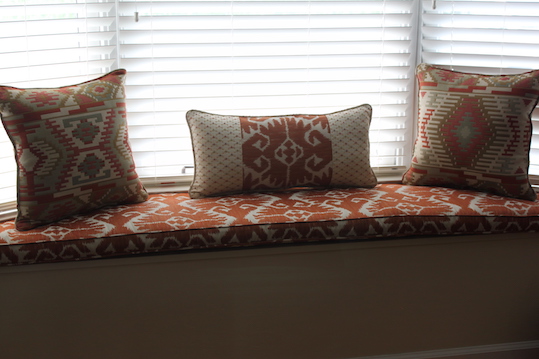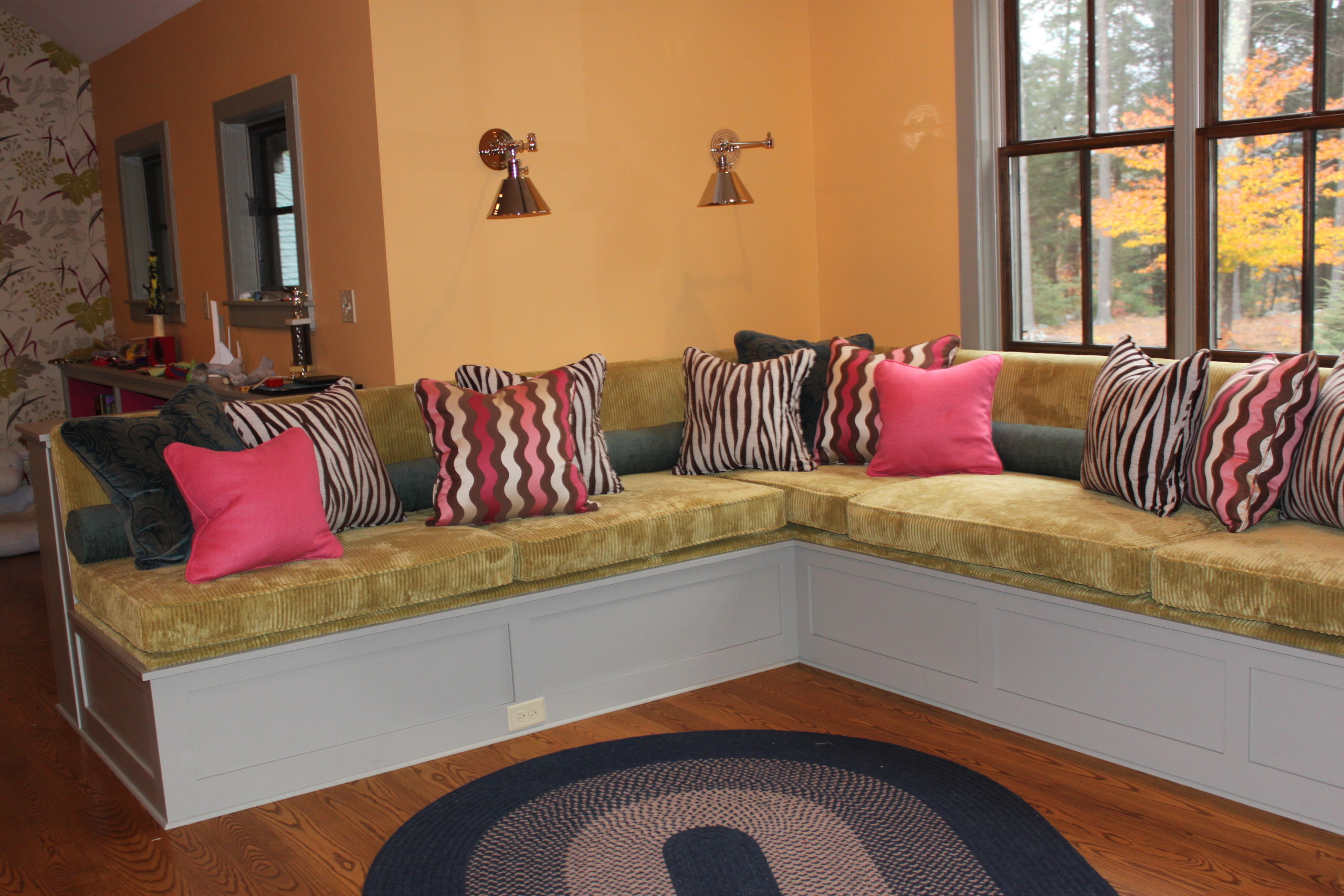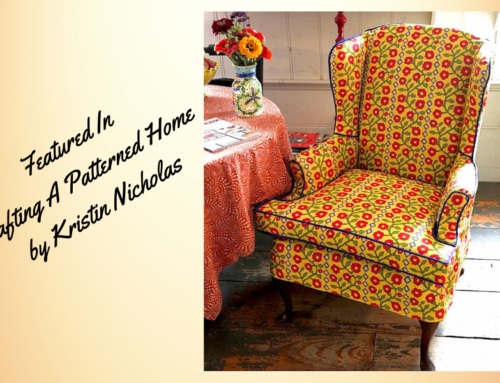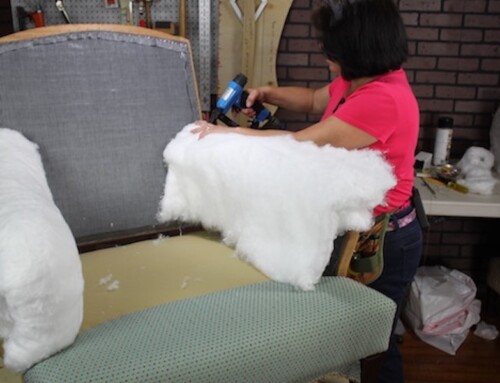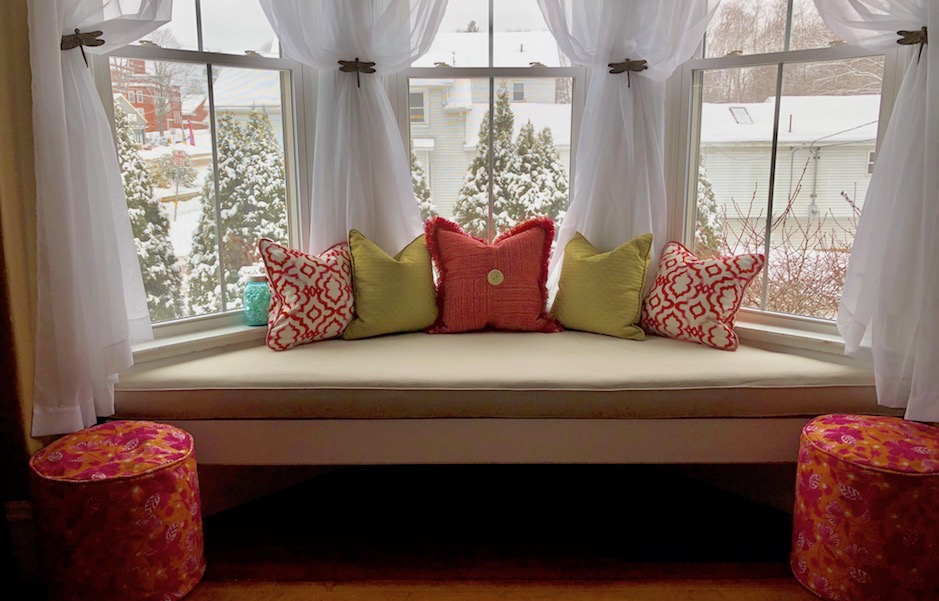
Comfy Cushions Are A Must!
Window seat cushions are a great place to read a book, take a nap or just enjoy a cup of tea. These comfort areas in our homes come in many shapes and sizes so buying a one size fits all cushion is usually not an option. When Creating these cushioned areas getting the right comfort is a must. You can also look into the site A Quiet Refuge to find curtains and windows that are suitable for your building.
Don’t skimp or overcompensate on seat height
When you are thinking about having a window seat built don’t jump in without doing some homework. Most carpenters don’t think about the seat height in relationship to an addition of a cushion. Comfortable seat height is between 16” and 19” high off the floor. If you are building your window seat in a living or dining area this height can make or break the comfort. For a window seat that will be lounged on you may want a 4” or thicker foam but for a dining area such as a nook in a kitchen 2” to 3” might be just right. Can you see how this would affect the frame height? If your frame was 16” and you have a 2 to 3” foam you are in a good range but if you take that same height and add a 6” foam your finished seat would be too high.
Goldy Locks would pick the cushion that was just right!
Now that you know how you will use this seating and what thickness of foam you want it times to talk about the types of foam. For seating, I always suggest a high-density foam. The density (quantity of mass per unit volume) of the foam is what affects the durability or quality. The higher the number the better the quality and in turn the longer the foam will last. I used a 2.6 density foam in the window seats pictured above. When it comes to the firmness of the seating you need to pay attention to the compression rating (pounds of pressure needed to compress the foam 25%). A medium firmness or 35 lb compression rating is a good starting point. In a situation where you are making a window seat cushion for a kitchen nook, using a 2” foam I would suggest a firmer seat for more comfort, but in a lounging window seat or 4” foam medium firmness is usually just right!
The following are the foam ratings from Albany Foam and Supply –
26 = 2.6 density and the second number is the pounds of compression needed to indent the foam 25%, also referred to as the Indentation Load Deflection(ILD)
Extra Firm 2670 Firm 2645 Medium 2635 Soft 2627
FREE PDF download Here
Sewing your new cushion covers can be quite straightforward and not so straight at all. A rectangular cushion is the easiest to sew but as cushions go you know there is really nothing simple about them, The learning curve for making cushions varies with your sewing skills. Curved and trapezoid cushions require more skills. Any time you are working with the bias of the fabric you have to anticipate the behavior of your material. When sewing on the bias you can expect the fabric to have a tendency to grow unless you take the necessary steps to control it. As I often say “let the fabric tell you what it wants to do”, but when it comes to sewing trapezoid and curved cushions with a bias YOU have to tell the fabric what to do. If the fabric takes control of this situation, expect a puckery mess to be the end result of your cushion. Handling the fabric properly will eliminate this not so pretty outcome.
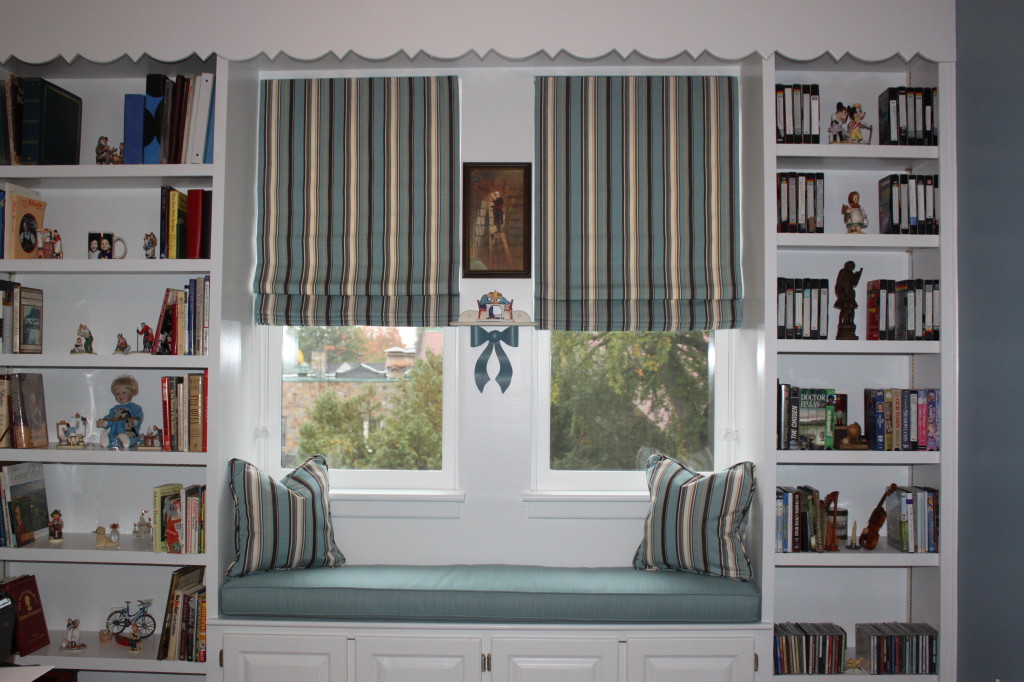
Understanding the “Danger Zone”
You now know what things to consider when planning a window seat or making a new cover for an existing one. Whatever the situation, plan ahead, know how to handle your fabric for the different shapes, and don’t forget to add some fun pillows for extra wow factor and comfort. If your project involves sewing on the bias, I’ve created a video tutorial to help you understand just how to handle those “danger zones”. This 88-minute tutorial will teach you the skills and techniques needed to perfect your skills so you can enjoy the comfort of your new cushion and have no puckery mess to disguise! (I also include making a template for your window seat)
Check it out HERE


